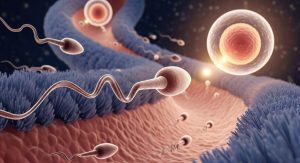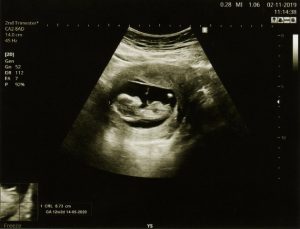
Girl or boy? This is one of the most exciting questions that expectant parents ask themselves when they are expecting a child. The biological sex of a baby develops in several stages during pregnancy – from fertilization to the complete formation of the sex organs. Here is a clear overview:
1. Fertilization (Week 0)

- The sex is determined genetically at fertilization:
- XX = genetically female
- XY = genetically male
- The sperm therefore determines the sex because it carries either an X or a Y chromosome.
2. Early Development (Eeeks 4–6)
- In the first few weeks, all embryos look the same – they have what are known as “indifferent gonads,” i.e., structures that can still develop into testicles or ovaries.
- The external sex organs are also identical at this stage.
3. Sex Differentiation (Weeks 7–12)
This is where the crucial difference begins:
If the Embryo is XY:
- The SRY gene on the Y chromosome becomes active.
- It ensures that the gonads develop into testicles.
- The testicles produce:
- Testosterone → stimulates the development of male structures (e.g., penis, vas deferens).
- Anti-Müllerian hormone (AMH) → prevents the development of female structures.
If the Embryo is XX:
- There is no SRY gene, so no testicles form.
- The gonads develop into ovaries.
- Without testosterone, female structures develop (e.g., uterus, fallopian tubes, vagina).
4. External Sex Characteristics (From Week 12)
- From around the 12th to 14th week of pregnancy, the external sex organs begin to differentiate.
- The sex can usually be determined by ultrasound from the 16th to 20th week, depending on the position of the baby and the quality of the image.
5. Hormonal and Neurological Development
- The brain is also influenced by sex hormones – however, this is a very complex process and is not determined exclusively by chromosomes or hormones.
- Gender identity (i.e., how a person experiences themselves) develops later and is not purely biologically determined.
Pregnancy Basics



